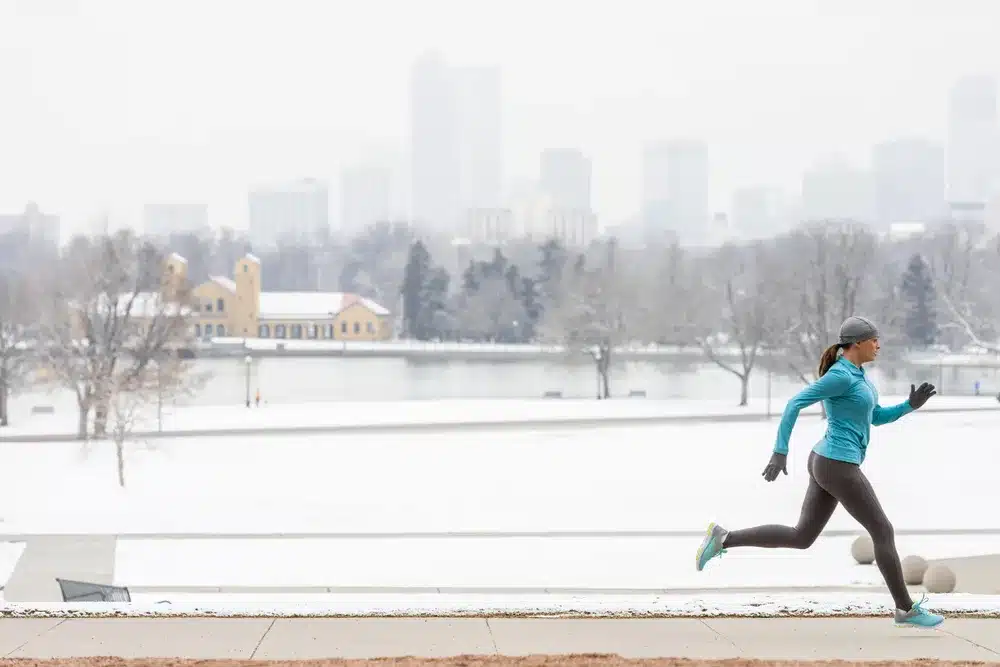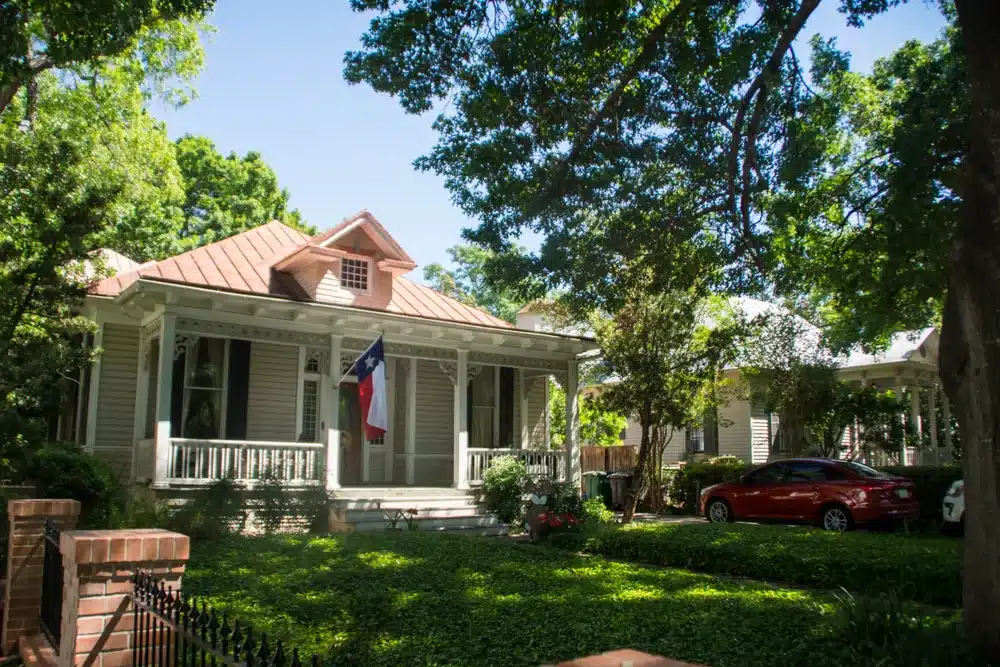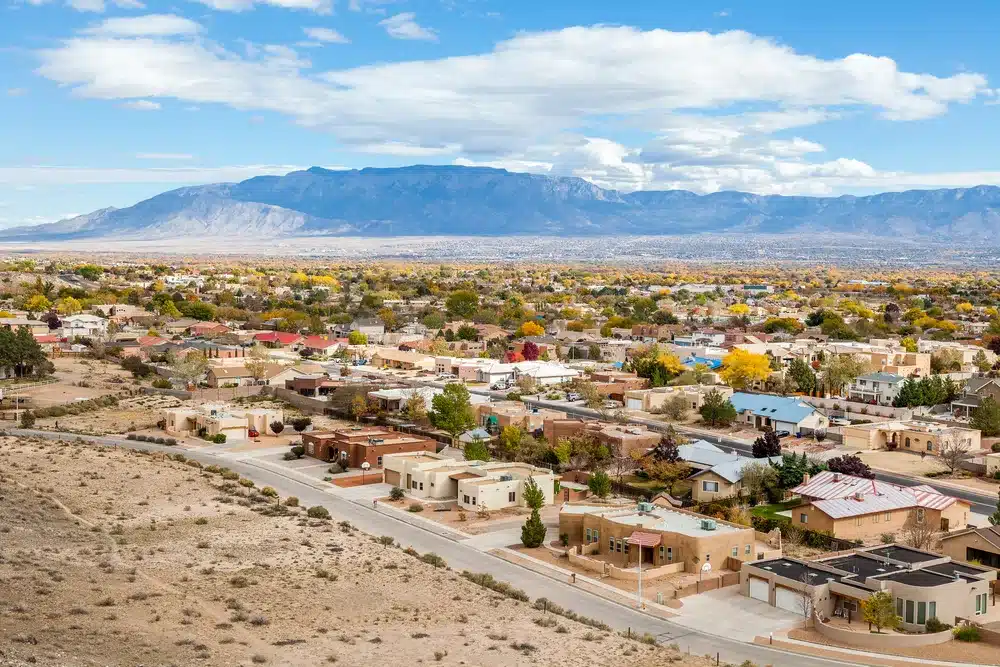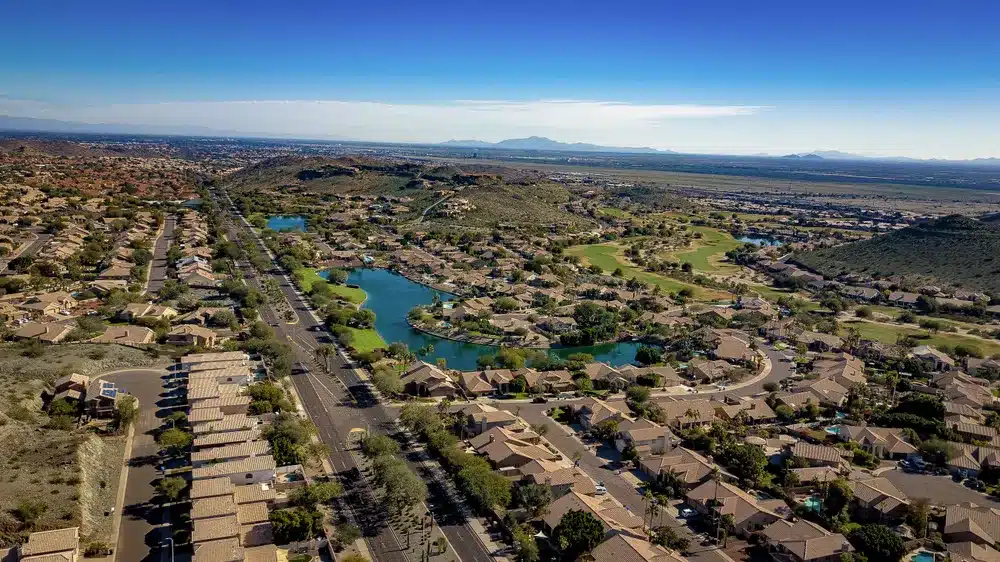
Affectionately called the “City of Brotherly Love,” Philly is the sixth-largest city in the U.S. With cobblestone streets shadowed by towering skyscrapers, the city pays tribute to its rich history while taking a bold strides toward the future. With its mix of both old and new, is Philadelphia a good place to live?
Living in Philadelphia, PA
Philadelphia is a city where history is alive on every corner yet it stands shoulder to shoulder with the most modern of cities. Its streets are bright galleries, displaying thousands of murals and sculptures that affirm its title as the “Mural Capital of the World.”
Beyond its urban features, Philly offers vast green spaces that beckon the adventure seeker and the peace-seeker alike. Take the Schuylkill River Trail — this 75-mile beauty is a haven for bikers and runners, offering breathtaking natural scenes. And when winter rolls around, ski slopes are just an hour’s drive from Center City.
With one of the oldest Chinatown District’s in the country, living in Philadelphia is also a true pleasure for the palate, as the culinary scene really reflects its melting pot: 40% Black, 34% White, 16% Hispanic or Latino and 8% Asian.
In the birthplace of America, you get it all: storied past, artistic present and outdoor activities that thrill, while the restaurant scene is always upping its game. Not to mention the vicinity to major cities like New York and Washington, D.C., making Philly a budget-friendly home base for those who want to wander a little wider on the East Coast.
Philadelphia Weather
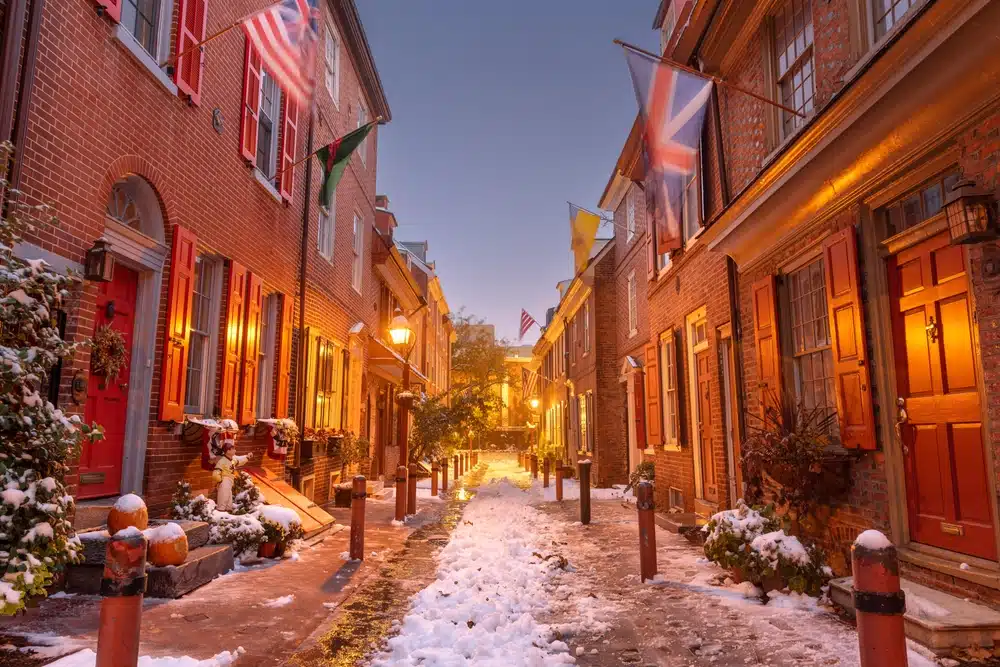
Spring and fall in Philadelphia are great for outdoor activities and enjoying the city’s many parks and historical sites. Both are arguably the most pleasant seasons in the City of Brotherly Love, as summers can be quite hot and humid.
From June to August, average high temperatures hover around the mid-80s, and humidity can make it feel even warmer, although it never gets as soupy as a city like Houston. Light and breathable clothing with a healthy layer of sunscreen and plenty of water handy is key for making it through a Philly summer unscathed.
Winters, on the other hand, tend to be cold and temperatures often dip below freezing — a great excuse to sip mulled wine at the Christmas Village market. Although snowfall varies each year, you’ll always find gloves and a good pair of boots for snow and ice in any Philadelphian home.
Note: Philadelphia’s climate makes additional storage a must for all the seasonal gear.
Real Estate Market in Philadelphia
With its mix of affordability and urban living, Philadelphia is hard to beat. At about $215,500, the median home value here comes in roughly 22 percent below the national median. This price makes Philly attractive for those looking to buy a home but not break the bank. However, it is a very competitive market, and houses sell quickly. In effect, only about 52% of Philadelphians are homeowners, with the remaining ones renting at an average cost of $1,250 per month — on par with the national median.
Gentrification is a hot topic in Philadelphia, especially in areas north and south of Center City. Germantown, a charming, mostly Black, family-friendly neighborhood to the northwest, has also been seeing a surge in residential construction. Though some residents appreciate new development, others are concerned by the rapid gentrification similar to that occurring in Northern Liberties or University City.
Best Neighborhoods in Philadelphia, PA
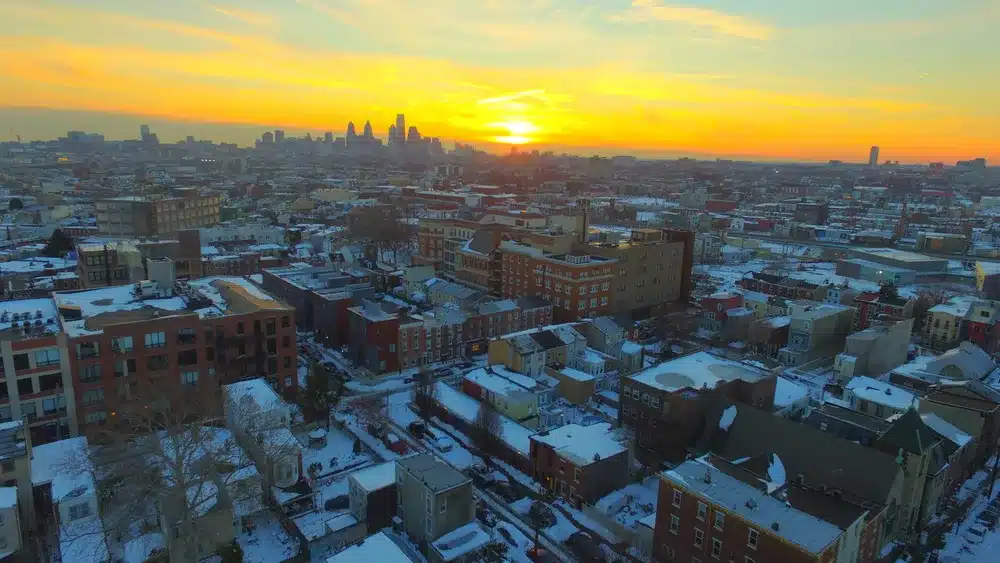
The City of Brotherly Love attracts a wide range of future residents, and these are their top choices for some of the best neighborhoods in Philadelphia:
- Popular with young professionals and families, Rittenhouse Square is very safe, well-maintained and one of the most prestigious neighborhoods in Philadelphia.
- Nature lovers find a home to their liking in Chestnut Hill, as this neighborhood balances the suburban feel of its lush green space with slightly cooler summers, perfect for outdoor activities against the surrounding backdrop of Wissahickon Valley Park.
- Artists and foodies love Fishtown the most. What was once a working-class neighborhood is now one of the trendiest in Philadelphia and a go-to for eateries, nightlife, arts and entertainment.
Education in Philadelphia
For a large city like Philly, there can be no small school district — and there isn’t: the School District of Philadelphia serves some 200,000 students across more than 330 schools, 82 of them being charter. One of the most notable public high schools here is Julia R. Masterman Laboratory and Demonstration School, which consistently ranks among the top public schools not only in the state but in the entire nation.
The suburbs around Philadelphia also have great public schools, especially in the Lower Merion and Radnor Township school districts. Among the private institutions, two Quaker schools stand out: Germantown Friends School and William Penn Charter School.
For higher education, the top choice is the University of Pennsylvania, an Ivy League institution located in the West Philadelphia neighborhood known as University City. Penn, as it is often called, has four undergraduate schools, the most sought-after being the Wharton School, which offers top business programs.
Other top higher ed choices are Temple University and Drexel University. The latter is highly regarded for its cooperative education program, which allows students to receive up to 18 months of practical work experience while obtaining a degree.
Top Medical Centers in Philadelphia
The combined enterprise of the Hospital of the University of Pennsylvania (HUP) and Penn Presbyterian Medical Center (PPMC) leads in healthcare in Philadelphia, being nationally recognized for its excellence across 12 specialties.
HUP is part of Penn Medicine, which includes other highly ranked hospitals in the state, such as Lancaster General Health, Chester County Hospital, Pennsylvania Hospital and Princeton Health. Other top Philly hospitals include the Children’s Hospital of Philadelphia (CHOP), Thomas Jefferson University Hospital and Temple University Hospital.
Cost of Living in Philadelphia, PA
The cost of living in Philadelphia hovers around the national average, making it relatively affordable compared to other major cities. However, those moving to Philadelphia, PA, should expect to pay a premium of 10 percent above the national average on utilities alone.
Though the Philadelphia median household income is some 23 percent lower than the national median of about $75,000, per capita income trails by just 14 percent, and much of this can be attributed to the city’s weekly wages being slightly higher than the U.S. average.
Transportation in Philadelphia
Philly sees its fair share of traffic, ranking high on the list for congestion. But that’s pretty standard for a city its size. Luckily enough, Quaker City really is a walker’s paradise. Constantly ranked as the most walkable city in the U.S., you can accomplish most of your daily errands with only a comfortable pair of shoes.
When the distance is farther, the extensive SEPTA network of buses, subways and commuter rails is there to help. It provides a link between the city center and the suburbs, and you can even catch a train directly to Philadelphia International Airport. Need to move around at midnight? No worries — SEPTA also has 24-hour routes.
Biking is big in Philly too. The city has laid out over 440 miles of bike lanes, with big plans to stretch out even further. Plus, with over 1,300 bikes available across 140 rental stations, hopping on two wheels is as easy as can be.
Crime in Philadelphia
Philadelphia’s crime scene is a mixed bag. On one hand, it sees more violent and property crimes than other parts of Pennsylvania, but on the other it fares better compared to cities like Baltimore, MD. As with most large cities, crime here tends to stick to certain areas, so choosing where to live or visit can really shape your experience.
South Philly and neighborhoods like Pennypack Park and Somerton East stand out as particularly safe spots, with crime rates much lower than the city’s average. Downtown Philly is pretty safe too, but it’s wise to stay alert like you would in any major city center. On the other hand, parts of North and West Philly experience more crime.
Note: Though Philadelphia generally gets a bad rap in national safety rankings, over the past year or so, progress has been made toward greater safety and police are more actively present in problem areas.
Philadelphia Attractions
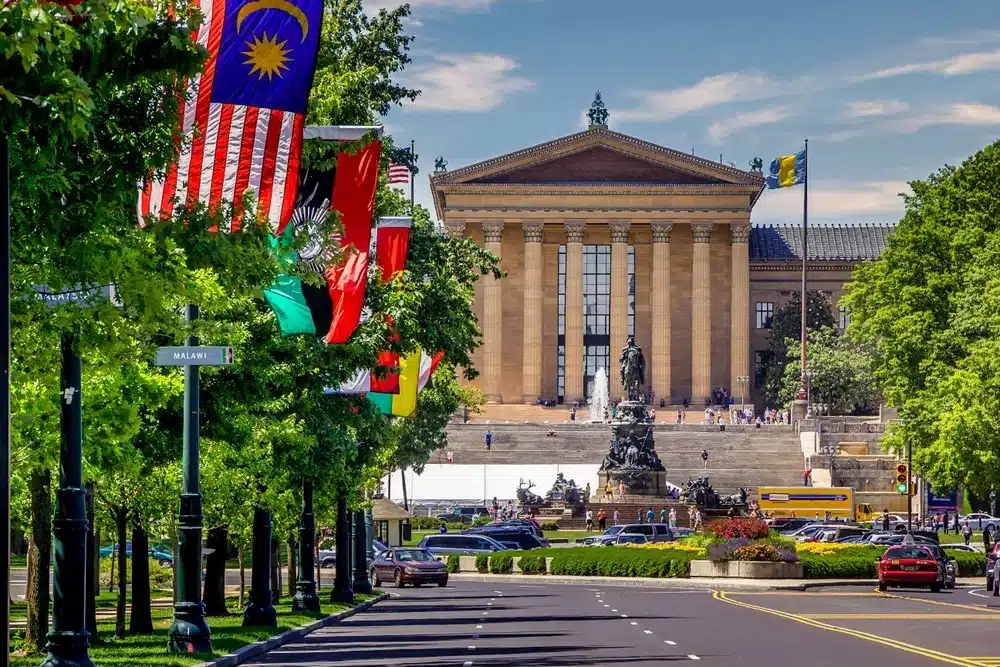
Living in Philadelphia would be incomplete without a visit to the Liberty Bell and Independence Hall, where the echoes of American freedom ring quite literally. Not too far away, the Philadelphia Museum of Art beckons, not just to art lovers but to Rocky fans everywhere. Yes, those famous steps are here — why not take a jog up them just like Sylvester Stallone did?
Want to get straight into foodie heaven instead? The historic Reading Terminal Market awaits you, where you can sample everything from Philly cheesesteaks and Amish baked goods to Greek and Middle Eastern specialties.
Looking for a day of fun for the whole family? America’s first zoo is home to over 1,700 rare and endangered animals that roam further than in any regular zoo thanks to an innovative campus-wide network of see-through trails dubbed Zoo360. That’s an experience you cannot get anywhere else.
Did you know? Philadelphia’s grid street system, designed by William Penn, was so visionary that it influenced the street planning of many other cities. Here are 15 more things to know when moving to Philadelphia, PA.
Storage Units in Philadelphia
With the amount of humidity the city sees in the summer, and freezing temperatures in winter, climate-controlled units are required to provide that extra layer of protection for more sensitive items. These maintain a consistent temperature and level of humidity which is perfect for storage of everything from wooden furniture, which warps and cracks, to electronic components, which easily suffer damage from extreme temperature fluctuations.
For those who love the outdoors, seasonal storage allows you to swap out your skiing gear for beach equipment as the seasons turn, or stash away bulky winter coats when the weather warms up. Plus, with many storage facilities dotted around the city offering 24-hour access, top-notch security and flexible terms, a convenient storage solution is probably just around the corner.
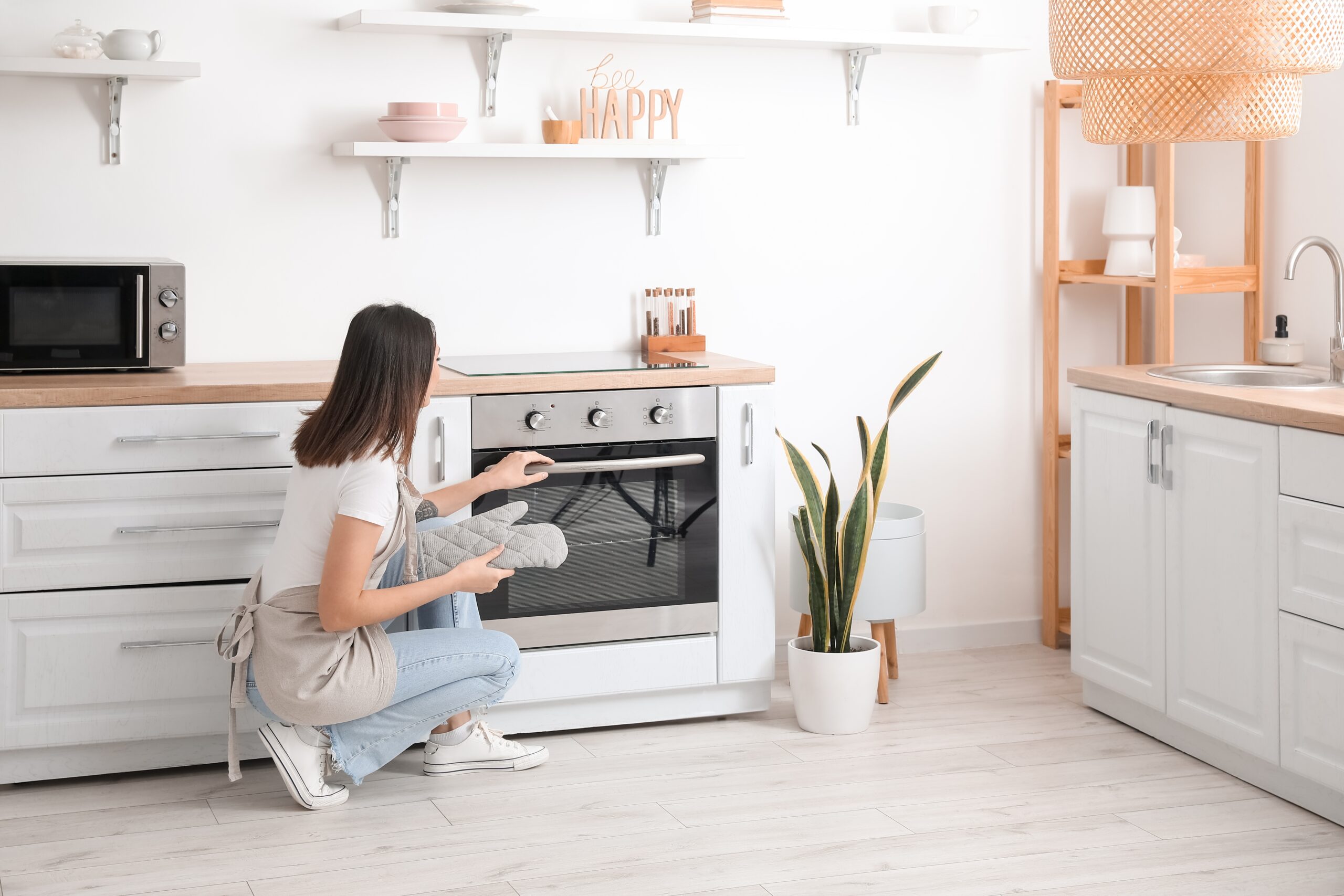
![Relocating RVs: An Expert Guide to Finding RV Relocation Deals and Cheap Motorhomes for Rent [2025]](https://blog.storage.com/wp-content/uploads/2025/03/rv-relo.jpg)
